
Is it just a bad storm or the new normal? While summer storms blow through the Midwest and East Coast, residents are being called upon to seek shelter as thunderstorms, hail, and strong winds pose a threat from Ohio to North Carolina. But it’s not just another wild weather week these intense storms are part of an overall trend that is shifting how we think about safety, preparedness, and even where we live. Millions are suddenly threatened with something more than the usual summer shower, and knowing what’s actually happening could be the difference-maker. Here’s what every local needs to know about today’s severe weather and how to stay safe, informed, and empowered.
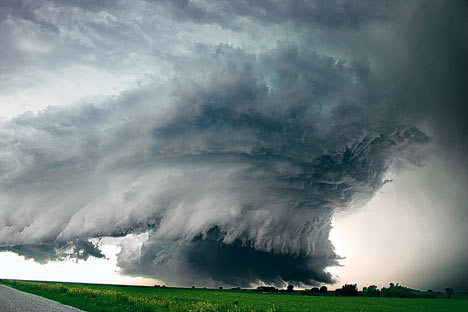
1. Why Storms Are Becoming More Severe and More Common
Severe storms are not just becoming more common along the eastern and midwestern U.S. they’re hitting harder. It’s not your imagination. Since summer 2025 has already experienced an increase in thunderstorm warnings, with millions advised to seek shelter from destructive winds, hail, and lightning, the trend is not coincidental. As has been found by scientists, the number of billion-dollar weather events fueled by intense storms doubled since 2020. There were an unprecedented 19 billion-dollar extreme storms in 2023 alone. Experts at the National Climate Assessment also agree, noting, “There has been a considerable upward trend in the number of storm events with large financial and other losses.” That is to say, what once was ‘rare’ is quickly becoming the norm.

2. Nighttime Tornadoes: The Stealth Predator
No longer do tornadoes strike only in the afternoon. Now, nighttime tornadoes are one of the most deadly forms of extreme weather, especially in the South and Midwest. According to Climate Central, the rate of tornado-related deaths that happen at night has risen by 20% since 1880. Why is this dangerous? People are most likely to be asleep and less capable of receiving or responding to alerts. In Missouri, Mississippi, Kentucky, and Arkansas, more than 40% of tornadoes now strike after dark. It’s an even bigger danger for mobile home residents deaths are at least 10 times higher than in permanent housing. The take-away: Always have a mechanism to get alerts at night, and know your plan for sheltering in place before sleeping.
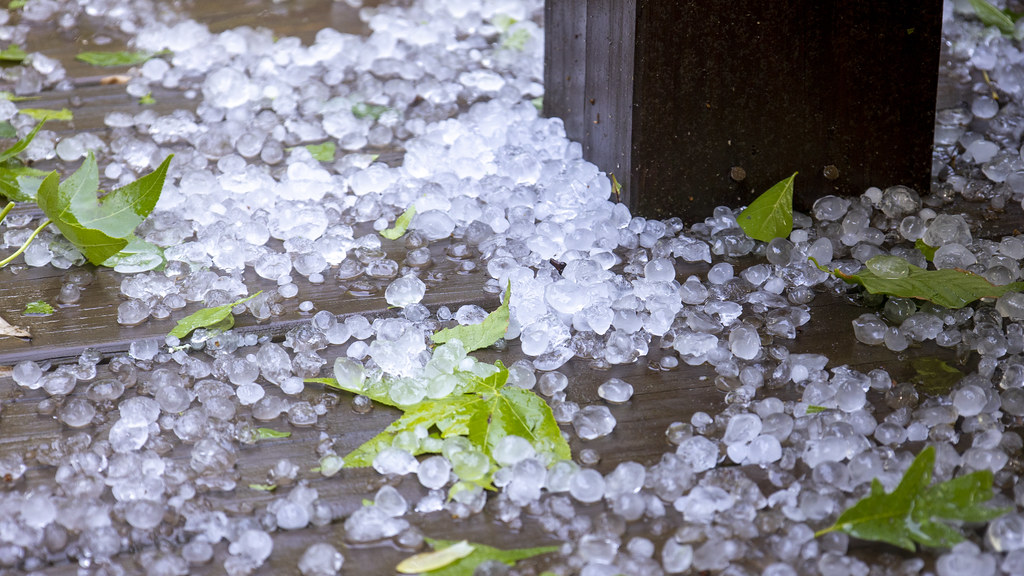
3. Hail and Wind: It’s Not Just Property Damage It’s a Safety Risk
Hail is not only a nightmare for automobile insurance it’s a real safety hazard.” Insured hail damage now totals $8 to $14 billion per year in the U.S., and the Midwest is finding bigger hailstones as storms intensify. Hailstorms that occur in spring in the central U.S. can see a 114% rise in severe hail and a 145% increase in significant severe hail as the climate keeps warming, according to a recent study. The National Weather Service reports that “damaging windswill cause some trees and large branches to fall.” This can hurt individuals outside, as well as homes and vehicles.” For homeowners, it means avoiding windows and cowering in inner rooms isn’t merely a good idea it’s a necessity.

4. Flooding and Water Woes: More Than Just a Rainy Day
Flooding is becoming more and more an accepted part of the Midwest and East storm season. Rainfall per year already has increased up to 20% in some areas, reports the EPA. Excessive rainfall overloads sewer systems, creating raw sewage overflows and polluting drinking water. Midwestern cities with plenty of pavement are especially vulnerable, since runoff can fill streets with rivers in a few minutes. Not only is this inconvenient it can damage property, clog transportation, and pose health risks from contaminated water. Bottom line: Stock up with an emergency kit, know your area’s flood zones, and never drive through flooded streets.

5. How to Stay Safe: Real-Time Tips That Work
During a severe weather event, a proper response can be lifesaving. The National Weather Service’s advice best: “People outside should go immediately indoors into a solid building. Stay away from windows.” If you can hear thunder, you are in range of lightning to be struck by it, so don’t wait. Head indoors or, if you are on the water, get to land as quickly as you can. For mobile home residents, they advise going to a nearby stable building or storm shelter at the first indication of a warning. And don’t ignore alerts: Charge your phone and leave weather alerts on, particularly overnight. As the NWS describes it, “Begin to move to safe shelter now! Do not be caught on the water in a thunderstorm.”

6. The Science Behind the Storms: What’s Changing?
What’s fueling these turbocharged storms? It’s warmer air, more moisture, and altered wind patterns. Scientists are citing Convective Available Potential Energy (CAPE) as a key ingredient basically, more energy in the air for storms to form. When CAPE increases, so does the threat of severe thunderstorms and tornadoes. But much is still unknown. The National Climate Assessment reports, “Low confidence is placed on other trends in extreme storms, such as the frequency and intensity of tornadoes, hail, and damaging thunderstorm winds.” What is sure: The conditions are changing, and scientists are anticipating more days each year with the possibility of dangerous storms.
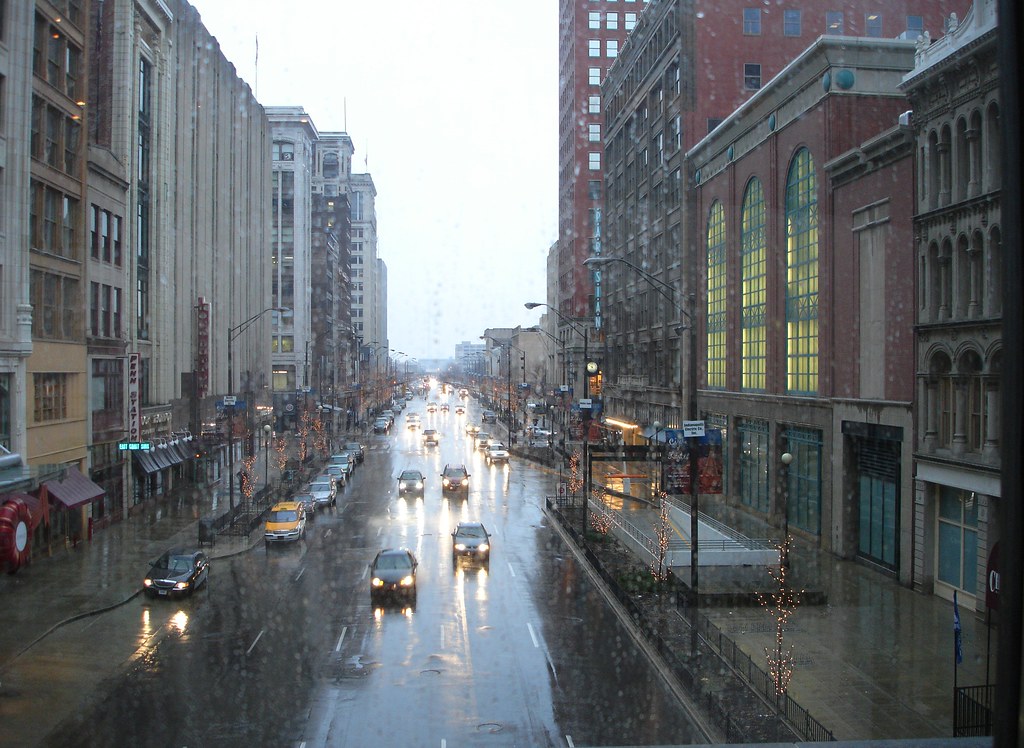
7. Climate Change and Your Community: The Local Impact
Climate change is not solely an international issue it’s finding its way home to the Midwest and East. Air temperatures have averaged more than 1.5°F higher since 1900, and it’s making the storms wetter and stronger. Cities like Chicago, Indianapolis, and Cleveland are already seeing more frequent heat waves and heavier rain. The rural areas aren’t spared, either farmers have crops knocked off by hail, flooding, and unpredictable weather. The term: Residents and local authorities alike need to rethink how they prepare for and respond to storms, from new drainage to Home Insurance policy reviews.
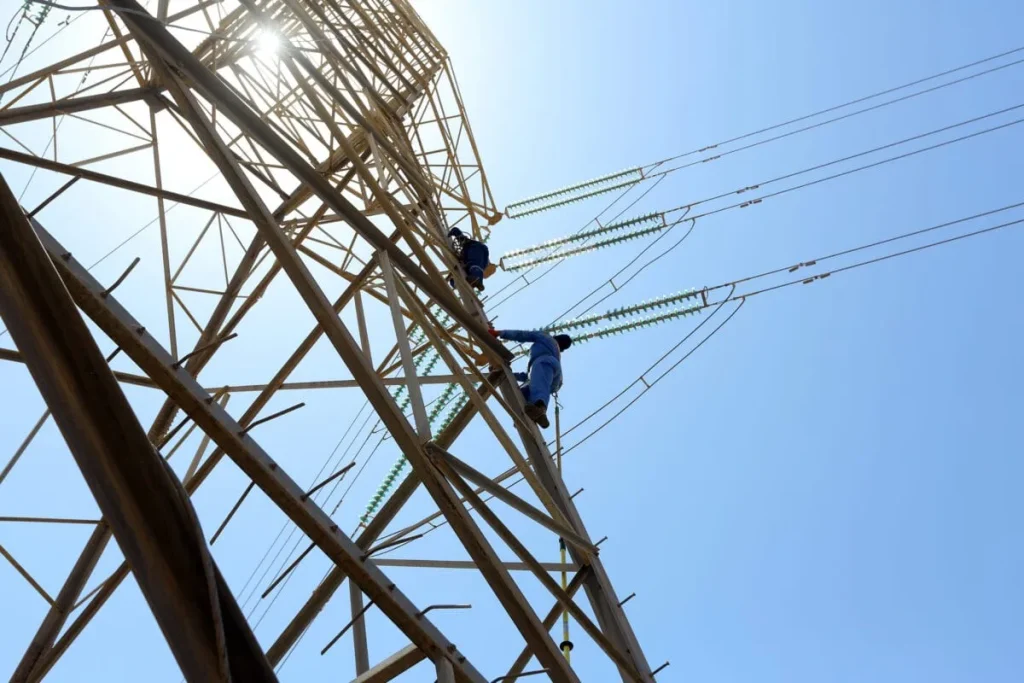
8. Power Cuts and Emergency Planning: Don’t Get Left in the Dark
As power cables are brought down by strong winds and fallen trees, power cuts during strong storms are becoming more common. The National Weather Service has advised that millions may experience localized power outages and possible injuries as storms sweep across the area. It’s wise to stock up on flashlights, batteries, and a secondary charging strategy for your electronics. Consider the purchase ofaweatherradio, and take care to know how to report outages or damage to local officials. If you rely on medical equipment that needs electricity, talk to your physician about emergency options. Preparation is a peace of mind in the event of a blackout.
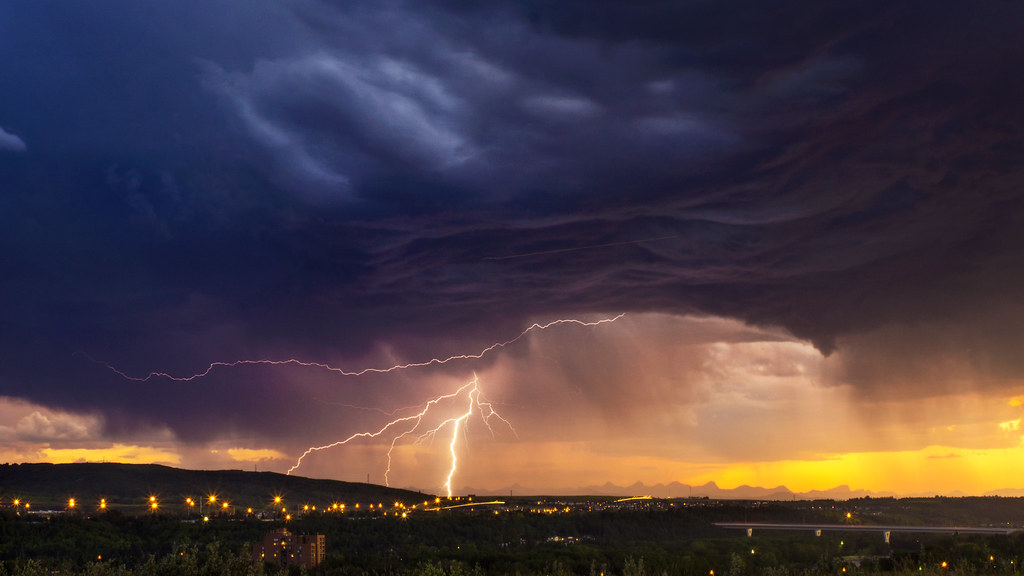
9. The Storms of the Future: What Experts Expect
Scientists predict that, in the future, severe thunderstorm conditions will become 5–20% more frequent for every 1.8°F of warming. Supercell storms the ones that spawn the most destructive tornadoes are predicted to increase 6.6% by the turn of the century in the densely populated eastern United States. While there remains debate about exactly how the tornadoes will change, this much is certain: Severe weather is here to stay, and peril is growing. Preparation and adaptability are the best way to ride outthe storm.

10. Action Steps: What Every Resident Needs to Do Now
Knowledge is power, but action is defense. Start by signing up for local weather alerts and developing a family emergency plan. Determine where your local shelter is especially if you live in a mobile home or floodarea. Check your insurance policy to include damage from wind, hail, and flooding. Prepare an emergency kit with water, food, and medication. And most importantly, don’t ignore warnings when authorities say to seek shelter, take itseriously. As the National Weather Service reminds everyone, “For your protection move to an interior room on the lowest floor.”
Severe weather is no longer a headline story it’s a way of life for those who live across the Midwest and East Coast. By knowing the dangers, getting prepared, and reacting quickly, individuals can shield themselves and their families. The storms can become more challenging, but so can the tools to stay safe and resilient. Stay alert, stay informed, and realize that preparation is your best defense against whatever the skies unleash.


